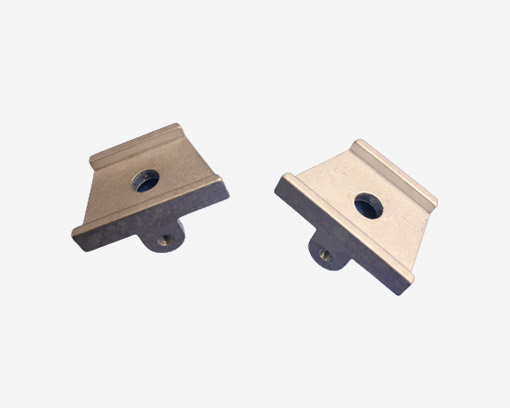The processing of stamping parts in Kunshan involves applying external forces to sheet, strip, pipe, and profiled materials through punching machines and molds, causing them to undergo plastic deformation or separation, thereby obtaining the desired shape and size of the workpiece. The resulting workpiece is a stamped part.
60-70% of the world's steel is sheet metal, with the majority being stamped into finished products. The body, chassis, fuel tank, radiator fins of automobiles, the steam drum of boilers, the shell of containers, the iron core of motors, and the silicon steel sheets of electrical appliances are all stamped and processed. There are also a large number of stamped parts in products such as instruments, household appliances, bicycles, office machinery, and household utensils.
Stamping is mainly classified by process and can be divided into two categories: separation process and forming process. The separation process, also known as punching, aims to separate the stamped parts from the sheet metal along a certain contour line while ensuring the quality requirements of the separated section. The purpose of the forming process is to cause plastic deformation of the sheet metal without breaking the billet, and to produce workpieces of the desired shape and size. In actual production, multiple processes are often integrated into one workpiece. Punching, bending, shearing, deep drawing, bulging, spinning, and straightening are several main stamping processes.

Stamped parts are manufactured through stamping with minimal material consumption. They are lightweight, have good rigidity, and after plastic deformation of the sheet metal, the internal structure of the metal is improved, resulting in an increase in the strength of the stamped parts. Stamping parts have high dimensional accuracy, uniform and consistent dimensions with the same module, and good interchangeability. It can meet general assembly and usage requirements without further mechanical processing. Stamping parts have good surface quality and a smooth and beautiful appearance during the stamping process, as the surface of the material is not damaged. This provides convenient conditions for surface painting, electroplating, phosphating, and other surface treatments.





